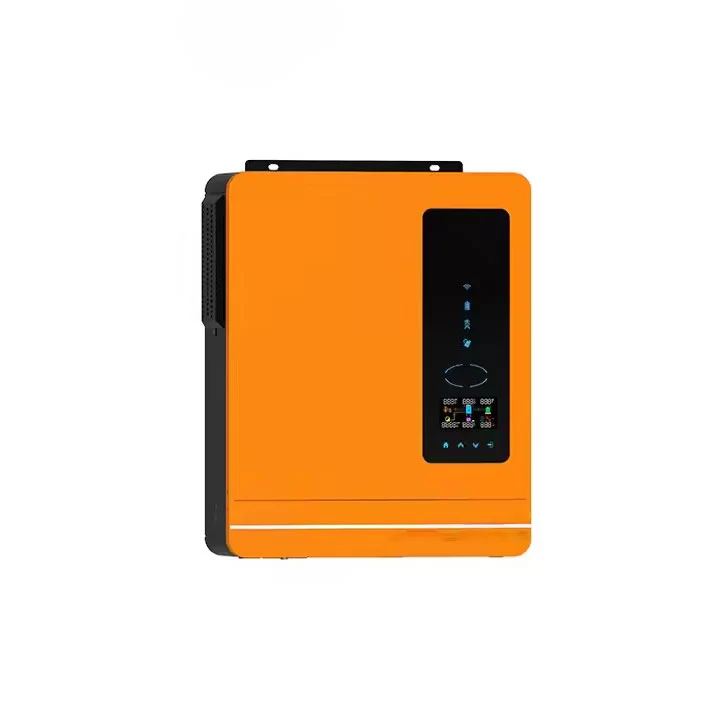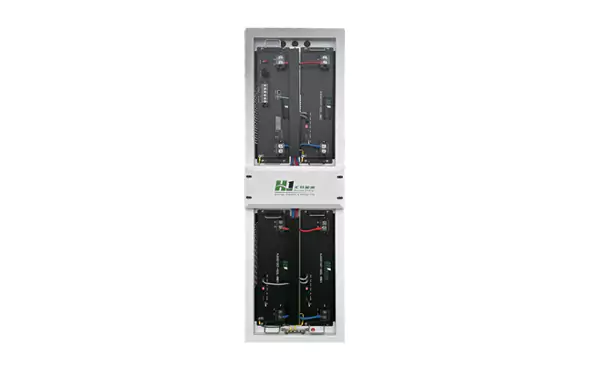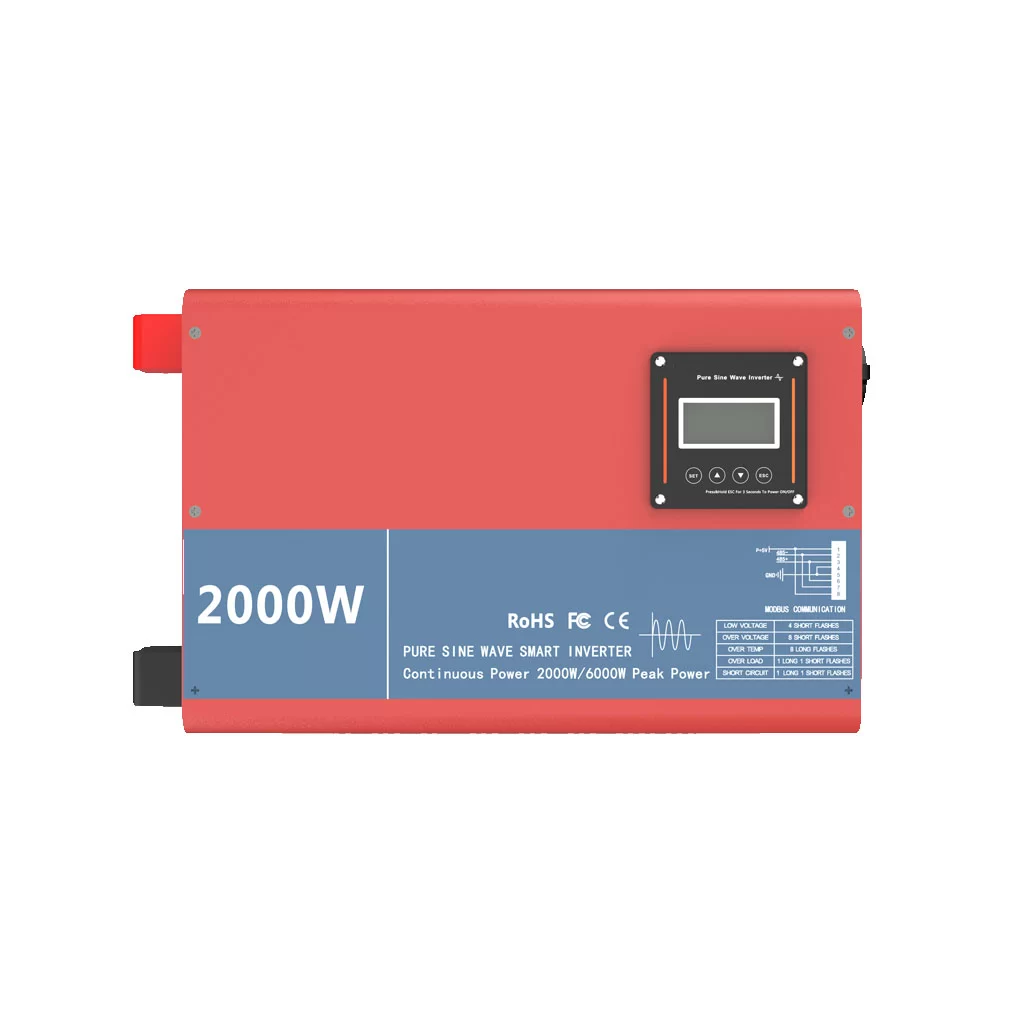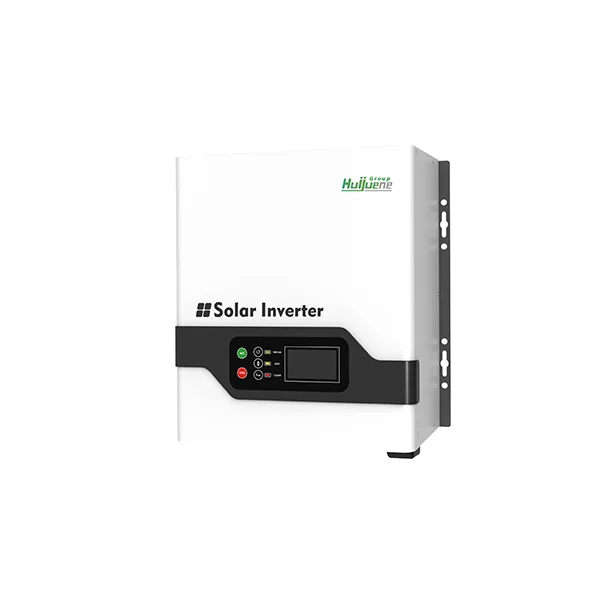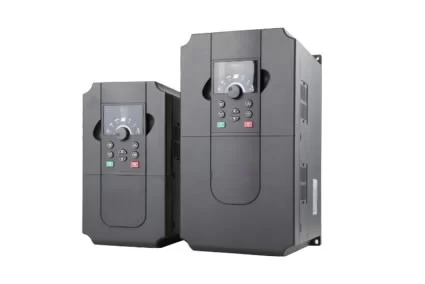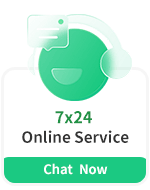Get A Quote Now!
What Is the Price of Inverter for Home?
A home inverter is a device that converts direct current (DC) electricity from batteries or sun power panels to alternating current (AC) electricity, the one that powers your appliances. Small off-grid systems may work with simple inverters, but most homes will require more advanced types such as pure sine wave inverters for a secure and stable supply of power.
Price Range of Home Inverters
The cost of a home inverter is significantly varied depending on type, power rating, and efficiency.
- Basic square wave inverters: $150 – $300
- Modified sine wave inverters: $200 – $500
- Sine wave inverters:$400 – $2,500+
- Hybrid solar inverters:$800 – $3,500
You might be wondering now, why such a big price difference? Everything has to do with build quality, output waveform, and whether an inverter is constructed to support sensitive electronics. For example, a pure sine wave inverter prevents laptops, fridges, or medical devices from being harmed by it, and that makes paying a bit extra worthwhile for the average household.
Factors That Affect Inverter Price
1.Capacity (Wattage or kVA) – Higher power systems are pricier but will power multiple appliances.
2.Technology – Sine wave inverters are more pricey but ensure compatibility with new devices.
3.Brand Reputation – Popular brands like Schneider Electric or Victron Energy cost more.
4.Battery Compatibility – Lithium-ion compatibility can be more costly than lead-acid.
5.Extra Features – Wi-Fi monitoring, smart load management, or solar hybrid charging push the price up.
Regional Price Examples
A typical residential solar inverter setup (5 kW system) in California, USA, will set you back between $1,200 to $1,800. In Delhi, India, however, you can find good quality pure sine wave home backup inverters for around $250, but complete hybrid systems are up to $2,000 depending on size.
These remarks highlight how local markets, import taxes, and labor fees play a large portion of final costing.
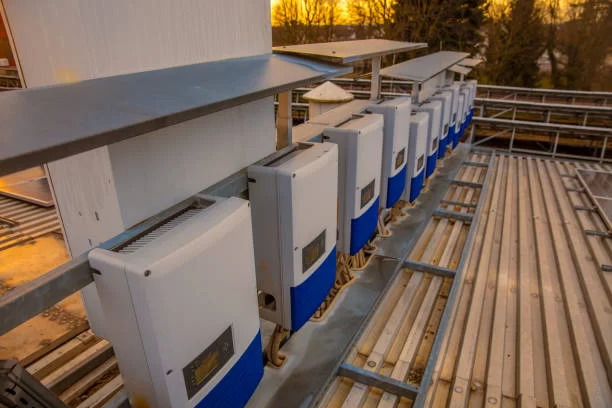
Installation Costs: Do it Yourself or Professional?
Aside from the cost of the inverter, installation is an added expense. Engaging a qualified electrician may range from $300 – $1,000 depending on the system’s complexity.
Most homeowners also ask, can I just put it in myself to save money? For smaller systems like a 500W inverter for an RV or cabin, you can put it in yourself if you have wiring experience. However, for entire-home systems, professional installation is strongly recommended for safety and regulatory compliance. Omitting this will render warranties void and increase fire hazards.
For perspective, the U.S. Department of Energy notes in its solar guide that an incorrect installation of inverters lowers the efficiency of the system by up to 20% (Energy.gov).
Inverter Capacity for Different Homes
The correct inverter capacity depends on your home’s usage.
- Small flats:1–2 kW inverter
- Medium house (3-bedroom house):3–5 kW inverter
- Large houses with AC and heavy loading:6–10 kW inverter
The most frequent question is, what is the right inverter size for my residence? For a standard 3-bedroom home in Texas, for example, homeowners generally deploy a 3–5 kW pure sine wave inverter to serve essential loads like fridges, lights, and fans, with scope for future expansion.
Industry Trends Influencing Prices
- Shifting to hybrid inverters that integrate battery + solar + grid support.
- Lithium-ion technology compatibilitydriving higher up-front costs but lowering lifetime costs.
- Smart monitoring features(via apps) going mainstream, specifically in the urban consumer market.
- Foldable solar container devices employed in mobile disaster relief, where they require heavy-duty inverters.
These are influencing both the base price as well as consumer perception of value.
Actual Case Study: Solar-Powered Community Backup
In Austin, Texas, a community center installed a 10 kW lithium-ion battery-solar hybrid inverter in 2023. Although the upfront cost of the inverter unit is around $4,000, people enjoy a 40% decrease in grid reliance and nearly zero power outages during hurricanes. This is one way that investing more in a good inverter can translate to savings and self-sufficiency in the long run.
Related Considerations
While price matters, some others are also important to note:
- Warranty length (there are manufacturers that offer 10-year warranty).
- After-sales support based on the country.
- Compatibility with your chosen solar panels or batteries.
And here comes something little but very important: the cheaper is not always better. Inverters are the heart of your home energy system. When they fail, your solar panels and batteries cannot work.

